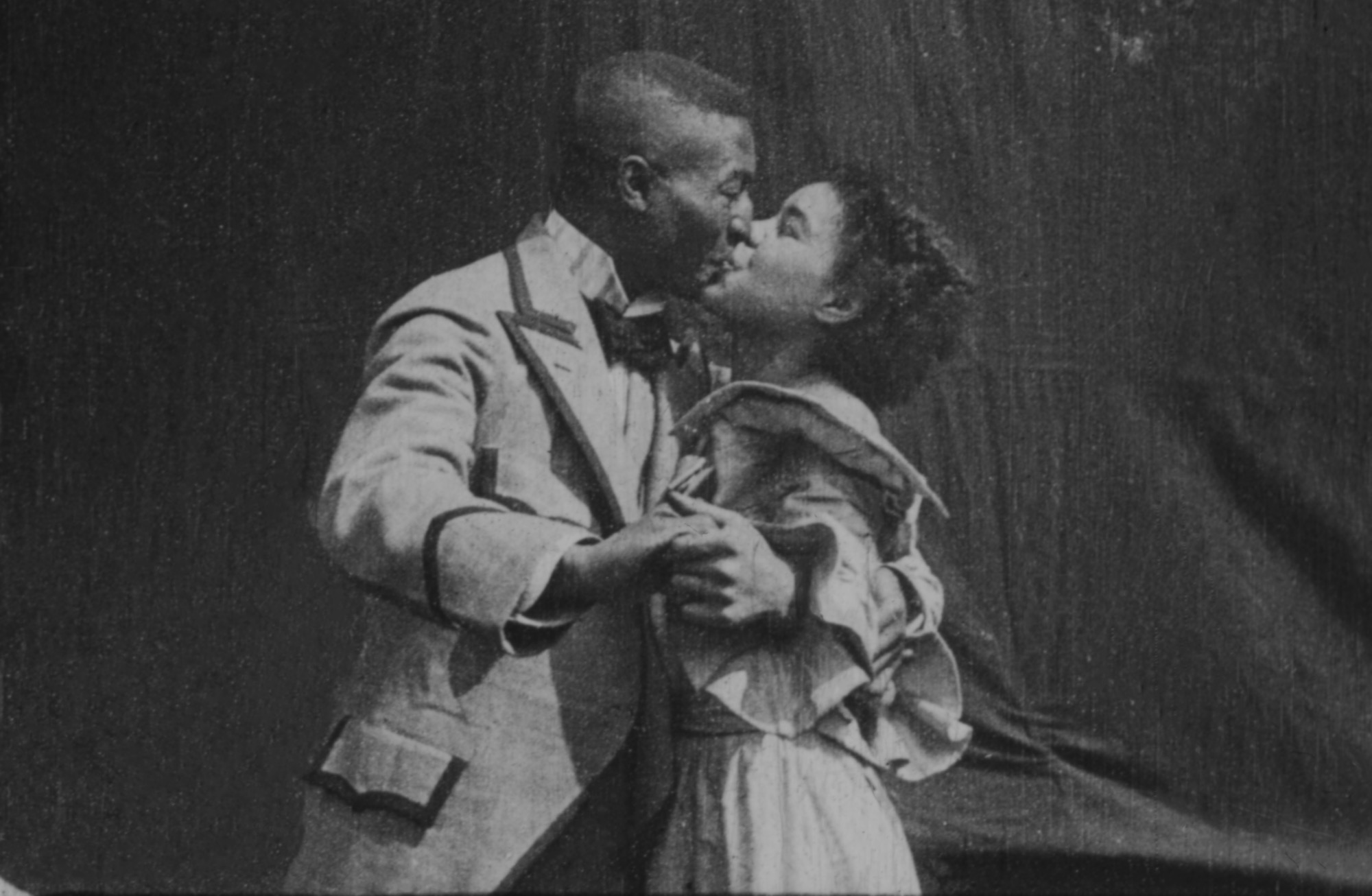
- Film
The Films of Regeneration Black Cinema 1898-1971: Passion, History and Hope
It started with a kiss.
After all these years of cinema, films for, about, and from Black culture are still not entirely known, explored, or enjoyed.
At the Academy Museum of Motion Pictures, pieces rescued from films that starred, were created by and exhibited to Blacks in the first years of cinema can be seen in the exhibition Regeneration: Black Cinema 1898-1971 – starting with the fun and romantic piece, Something Good – Negro Kiss, from 1898, that greets visitors as they start their journey into a rich and not entirely explored adventure.
To complement the narrative of these first decades of Black Cinema, the Academy Museum has been showing a number of rare and restored films, from The Flying Ace, 1926, directed by Richard E. Norman, to Sweet Sweetback’s Baadasssss Song, directed by Melvin Van Peebles.
Sourcing whole films as far as almost a century ago, and as delicate and hidden as The Learning Tree became an endeavor that could only be made through the efforts of various entities, from the Library of Congress and the Academy Film Archive to private collections like the one by Giancarlo Esposito and Laurence Fishburne, who have been sourcing and collecting Black movies.
“Giancarlo Esposito and Laurence Fishburne’s collection that they donated to the Academy Film Archive are titles that were once thought lost, once thought to be unavailable in their full release versions,” says co-film curator KJ Relth-Miller. “And through this great gift from Giancarlo Esposito and Laurence Fishburne, as well as additional funding sources, we’ve been able to restore those films to showcase not just clips in our exhibition but as screenings in our theaters.”
Other entities were essential to the series which started on August 25 and will continue until the next year. Among them, Cineteca di Bologna, UCLA Film & Television, George Eastman Museum Film Preservation, and IndieCollect, supported by HFPA, that brought back to light an early film by Melvin Van Peebles, shot in France in 1968, La Permission (The Story of a Three-Day Pass).
Following the scope of the exhibition, the series of Black films – some of them rarely seen, like La Permission and Reform School – covers from the first steps of Black Cinema to both Black and white filmmakers to Hollywood’s interest in Black talent and, finally, the 60s and 70s generation that created Black cinema of their own.
The narrative of Black Cinema through movies could be stretched to this very moment in time but the Film Programming opted for a deliberate look at a time when the very words “Black” and “cinema” were almost dangerous.
“The program really starts with the silent era and we’ve already seen those films play out, including The Flying Ace, and we’re looking at these very early fragments for the most part,” explains Relth-Miller. “Along with the exhibition and into the program, we see some of these race films – ‘race films’ being films made predominantly by white producers, white directors, white creators, and white studios for Black audiences. But we have exceptions there, including films by Oscar Micheaux and Spencer Williams.”
With some glowing exceptions, according to Relth-Miller: “A filmmaking duo who sort of set out on their own, from Black creators who had a 16-millimeter camera and created films independently” (Hell-Bound Train, 1930) to “Spencer Williams, a performer in his own right in some of these race films. And with the Blood of Jesus (1941), I believe this is his directorial debut.”
She adds, “The next period is this evolution of the race film, which sees much more joyous, buoyant and exuberant explorations of Black life on screen through musicals. And then we move into this period of the late 60s into the early 70s, which is when the exhibition stops in 1971.
“We decided to end in 1971 with Sweet Sweetback’s Baadasssss Song and Black Chariot, primarily to pay homage to this new period of discovery and scholarship that’s unearthing films that were previously believed to be unavailable or lost.
“Black Chariot is just one recent example of that. And it’s this precursor to Blaxploitation. I believe that the exhibition needed a container, and I think it’s a beautiful container to lead us through the first years of the Civil Rights Movement and into this real explosion of Black creativity on screen that we see in the Blaxploitation period.”
The journey through this rich history is far from ending. The Regeneration Film Programming will go on – among more gems of Black Cinema is an homage to Dorothy Dandridge and Ruby Dee in a centennial tribute from November 3 to 20.
The search to honor this important history also continues, as Joe Lindner, Chief Preservation Officer at the Academy Film Archive, said at the opening of the Regeneration exhibition.
Relth-Miller recalls, “He gave an impassioned plea to the audience who was there, that ‘these films that Esposito and Fishburne brought to us from this collection were crucial but many, many more could be in anyone’s closet or under someone’s bed or hiding within a garage or something.’
“The more that time creeps forward, the more opportunities there are for discoveries of this kind. And it really is because some of these who don’t realize what they have or who may realize what they have but aren’t sure what to do with it, that we can start to rediscover some of these works that have been dormant for so long.”

